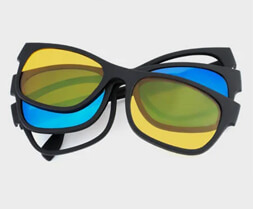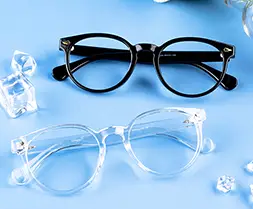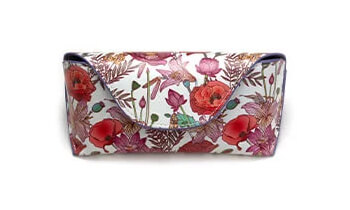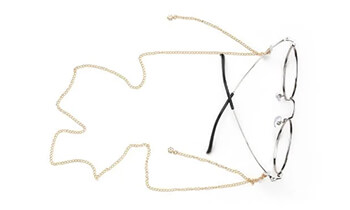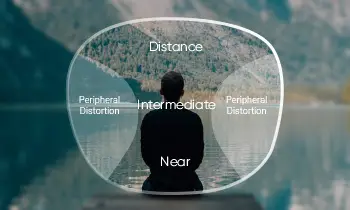When we wake up in the morning and wash in the mirror, we will find that there will always be some eye boogers on the corner of our eyes, sometimes more, sometimes less.
Where did the eye boogers come from?
Our eyelids have a cartilage-like piece called the "lid." There are many lid glands arranged in a neat and orderly fashion on the lid plate. The glands are located at the edge of the eyelid, near the eyelashes. The lid glands secrete a fluid that looks like oil.
During the day, these oils are applied to the edges of the eyelids through the blinking of the eyelids to protect the eyes, internally to prevent the water that lubricates the eyelids from flowing out of the eyes, and externally to prevent sweat from entering the eyes.
However, when a person is asleep, the eyes are continuously closed for a long time, and the oil is still being secreted. So the accumulated oil is mixed with the dust and impurities in the tears that enter the eyes during the day. It runs to the corner of the eye and forms eye boogers.
Why is there a sudden increase in eye boogers?
Average small amounts of eye boogers occur in everyone, but if there is a sudden increase in eye boogers, it may be a sign that the body is releasing some health problem.
Dryness A sudden increase in eye boogers is most likely due to internal fire, especially in the fall and winter. The dry climate in autumn and winter makes it easy for the body to become dehydrated, resulting in fire and then increased eye discharge, which may accompany dry mouth, red face, red ears, bad breath, and irritability.
Overuse of eyes Excessive eye fatigue can also lead to a sudden increase in eye boogers. If you don't rest for a long time and your eyes are overworked, the secretions from your eyes increase and usually accumulate in the corners of your eyes after a few hours to form eye boogers.
Hidden eye diseases Some hidden eye diseases may also cause a sudden increase in eye boogers. If the following types of discharge appear, you should pay attention to them.
1. Watery discharge
Generally, watery discharge is an aqueous fluid. The presence of this discharge is mostly a sign that you may have viral keratoconjunctivitis, early tear duct obstruction or foreign body on the ocular surface, minor trauma, etc. This generally occurs in children and the elderly, but it cannot be said with certainty that it is caused by disease, and it depends on the actual situation.
2. Hemorrhagic discharge
It is common for the discharge to be light pink or blood red, and the appearance of this discharge should be considered a trauma to the eye or an acute viral infection. The appearance of this discharge is usually accompanied by symptoms such as redness and swelling of the eye and swollen lymph.
3. Mucopurulent discharge
Mucopurulent discharge from the corners of the eyes, usually mucopurulent and accompanied by yellow material. If this discharge has been increasing, attention should be paid to see if it is allergic conjunctivitis or trachoma. You should seek medical attention if it doesn't subside for a long time.
4. Purulent discharge
Some people with eye disease will find a thick discharge from the corner of the eye, usually very thick white, and disgusting. This is a thick discharge; if this kind of discharge appears for a long time, we should pay attention to see if it is an eye disease; it is best to go to the hospital for an eye examination.
How to relieve the increase in eye boogers?
- Adjust your diet and eat more foods that clear heat and relieve fire to relieve excessive liver fire.
- Pay attention to eye hygiene, wash your hands frequently, and don't rub your eyes with your hands.
- It is important to pay attention to the combination of work and rest in daily life and avoid overuse of eyes.
It is convenient and quick to determine the state of the body through eye boogers, a good body self-check indicator that can remind you to adjust your life in time to promote physical and mental health! However, if there is eye discomfort or going to the hospital as soon as possible, only looking at eye boogers can not solve eye disease!







